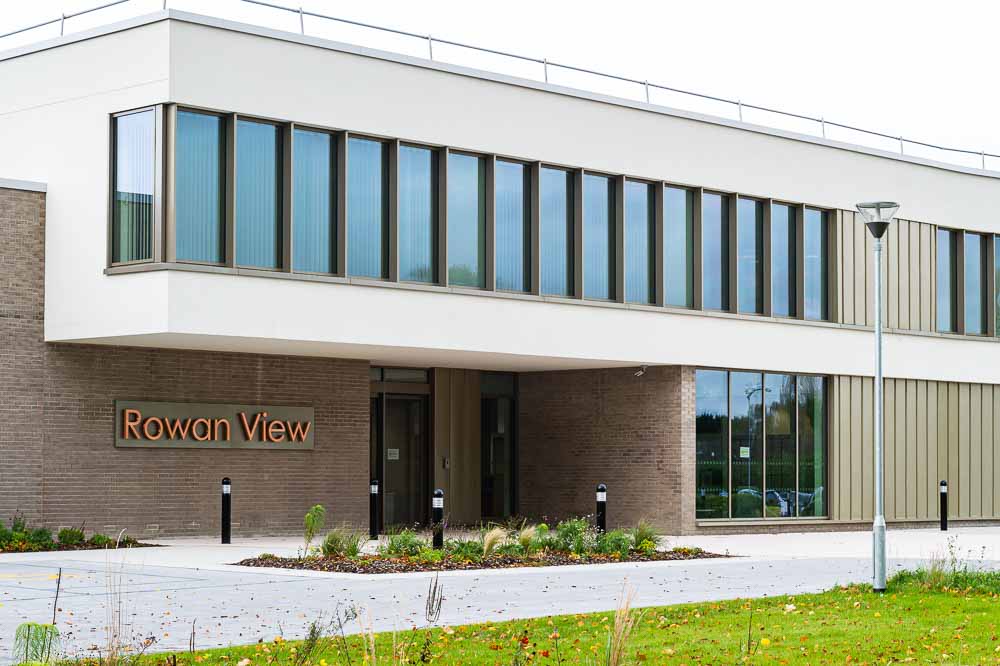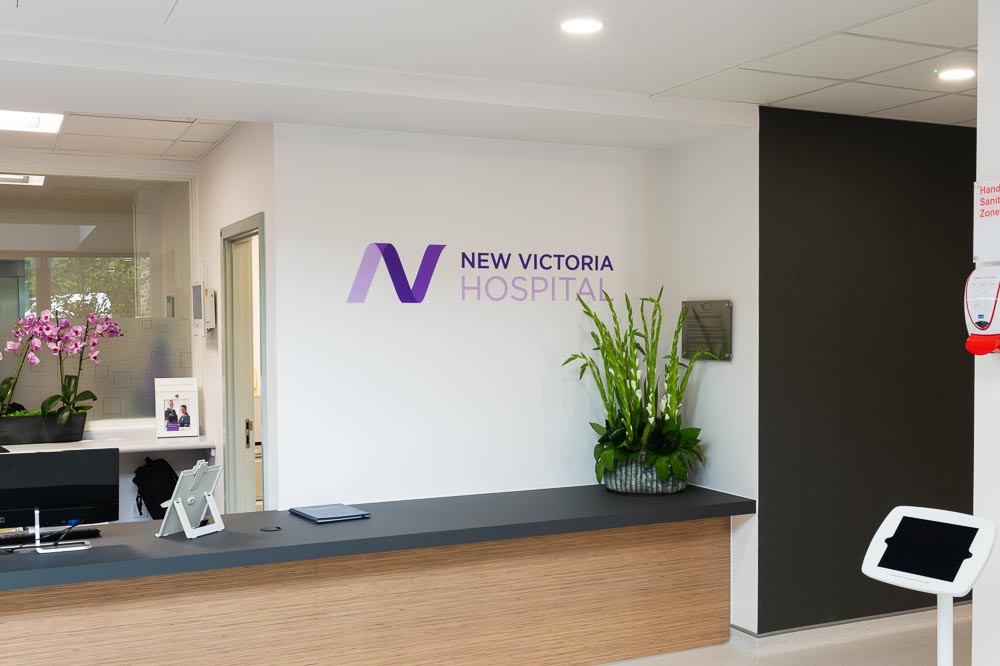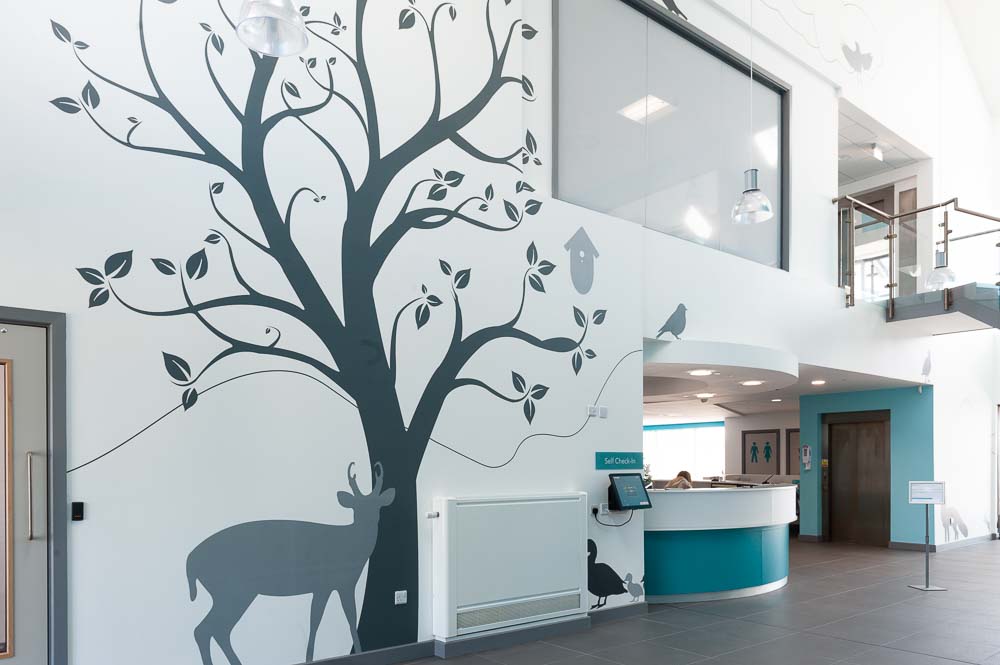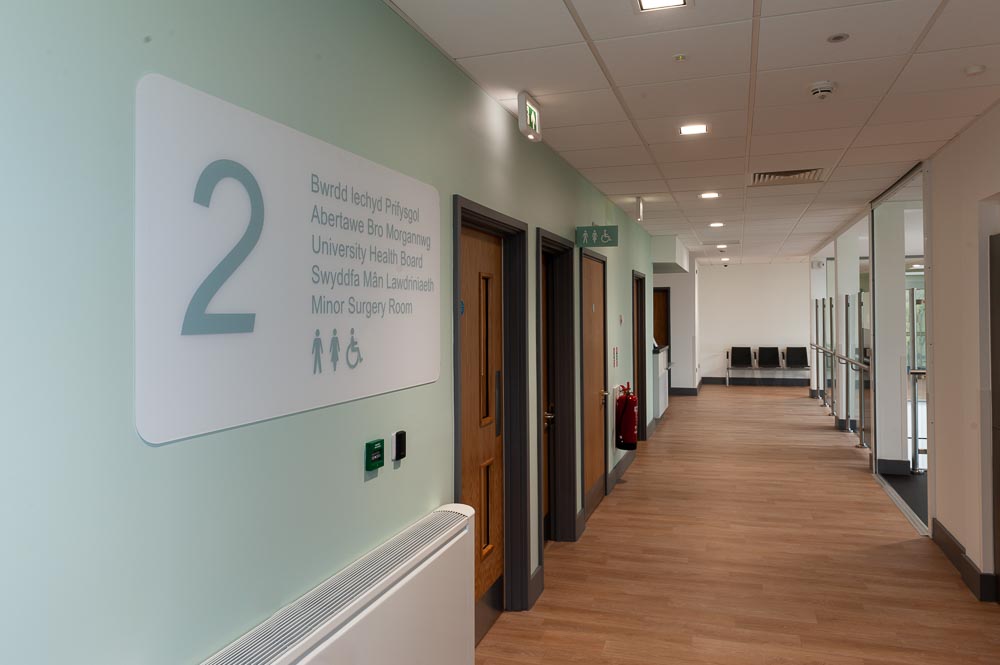Improving Patient Experiences With Good Wayfinding Signage
There are many reasons why people attend a healthcare setting. Patients and staff will have different things on their mind when they arrive. Staff usually know where they are going however, and wayfinding is less important to their activities unless impacted by their patients getting lost.
In the publication Wayfinding, guidance for healthcare facilities points out that visitors are usually worried or anxious. Losing their way or getting disorientated adds to stress and even resentment.
Visitors asking staff for directions is an inefficient use of their time and can lead to further issues if staff give the wrong directions. Studies show that poor wayfinding can lead to visitors taking their frustrations out on staff and volunteers in healthcare settings. It also results in negative feedback or public complaints.
As people are often in a negative frame of mind before even arriving at a healthcare setting, it is important to ensure a good wayfinding strategy has been put in place.
How Does Wayfinding Work?
Wayfinding is a problem-solving process made of a series of decisions, each decision affected by the previous one. People use previous experience, information and environmental factors to navigate.
Previous experience does not need to be of the same site, but of similar places, to get around a new site. For example, knowing that healthcare settings usually have a reception near the main entrance.
Pre-visit information gives people an expectation of what they will encounter. Other information such as how to get to the site, signs on the site and any interactions with staff or maps giving directions contribute to information factors in a wayfinding process.
Wayfinding is multi-sensory process that uses different senses to different extents, sometimes unconsciously. In any environment, people use sight, touch, smell and sound to navigate. Sight and sound are the two key senses used for finding a way around an area so people with visual or hearing impairments are more likely to experience major problems with navigating. A patient with an impairment will rely more on other senses to navigate so it is important all the senses are taken into account when designing the wayfinding in a healthcare setting.


How Can Pre-Visit Information Help With Wayfinding?
Pre-visit information refers to the appointment invitations and website information about the medical site. Upon receiving an appointment or visiting a website to find out more, users need to have the correct information.
Websites, search engine results and letters must all give the same directions and parking information as the wayfinding signage does. This is so when the visitor arrives, they see what they are expecting to see which puts them at ease. An example of this can be calling the car parks the same name across all information sources. If appointment letters tell visitors to park in the “back car park”, and upon entering, that car park is actually signposted as “Car Park 1” – visitors will not understand where they need to go.
Why Does Wayfinding Signage Need To Think About The Patient Experience?
Healthcare settings, from a small local doctor’s surgery, to a large hospital, can be intimidating and stressful enough, without adding difficulties navigating around them. Medical environments have a large proportion of visitors with sensory and mobility impairments for which, poor wayfinding can make inaccessible.
Anxiety around getting lost can deter people from attending important appointments. Route maps that do not include lifts will prevent people in wheelchairs getting to the right floor. Signage that is not dementia or accessible friendly can lead to people getting lost.
For the benefits of patients, their loved ones and a productive use of staff, wayfinding needs to be effective and take user experience into account.
How Can Good Wayfinding Signage Can Improve A Patient’s Experience?
Taking a holistic view of the whole user wayfinding experience from pre-visit information, to finding their way back out of the car park, makes an effective and excellent wayfinding experience in a healthcare setting.
Looking at the environmental and informational factors without reliance on personal experience, means you can design a friendly and welcoming wayfinding experience that does not add to stress levels. When designed and implemented correctly, like our work here at xsign, you can actively improve a patient’s experience. Just one positive knock-on effect can be that less people getting lost, reduces appointment delays.
A good wayfinding system can be measured by how easy it is for people to get to their destinations within the time they expected to be there, and understanding where they are. If you’re concerned that a poor wayfinding strategy is contributing to a negative experience for your visitors and patients, talk to us.


